Differences between tinplate and galvanized sheet
Differences between tinplate and tinplate
Tin plated steel sheet, commonly known as tinplate, is a low-carbon steel sheet with pure tin on both sides. Tinplate is a traditional can making material, and it is still the main can material for canned food. Tin plate has bright appearance, good corrosion resistance and can making process performance, and is easy to weld, suitable for coating and printing iron. However, its punching and drawing performance is not as good as that of aluminum plate, so most of them are made of three piece can structures formed by welding and rolling, and can also be made into punching and drawing cans. In addition to being widely used in the canning industry, tinplate is also used to make candy, biscuits, tea, milk powder and other tins; It can also be used for cans and boxes of some industrial products, such as chemical products and cosmetics. In addition, it is also a good capping material for glass bottles and jars.
1. Production process and properties of tinplate
Tin plating of tinplate usually adopts acid electroplating process, or hot dip tin plating process. The surface of the steel plate is silvery white after tin plating, and the thickness of the tin coating is about 0.4~4 mu; m. Technically, it is generally expressed by tin plating amount per unit area (g/m2). The tin coating after electroplating has many pores and poor corrosion resistance. Therefore, soft solution treatment or passivation treatment must be carried out after electroplating to generate tin alloy layer and tin oxide layer respectively. The corrosion resistance can be effectively improved by making the coating bright, enhancing the adhesion between the coating and the steel plate and reducing the porosity.
Electroplating tin on the surface of tinplate is mainly because the electrode potential of tin is higher than that of iron and its chemical property is stable, so it can play a role in rust prevention and protection of steel plate. However, the tin coating must be kept intact. If it is scratched, even if only tiny pores are exposed to the steel base, the steel plate will be quickly corroded due to the anodic corrosion.
The main production process of tinplate is: pickling low-carbon steel sheet→ Electrotinning→ Soft solution treatment→ Passivation treatment rarr; Oiling→ Check→ Cut→ Classification→ packing.
The microstructure of tinplate is five layers from inside to outside through metallographic analysis.
(1) Steel base plate. It is generally used for tank making, and its thickness is 0.2~0.3mm.
(2) Tin iron alloy layer. It is tin iron alloy structure. The tin content of electroplating tin plate is less than 1g/m2, and that of hot dip tin plate is 5g/m2.
(3) Tin coating. Pure tin layer, tin plating amount of electroplating tin plate is 5.6g/m2~22.4g/m2, and that of hot-dip tin plate is 22.4g/m2~44.8g/m2.
(4) Oxidation coating. Mainly tin oxide, tin oxide, etc.
(5) Oil film layer. It is cottonseed oil or dioctyl sebacate.
The thickness, structure and performance characteristics of each layer are shown in Table 4.
Table 4 Structural Properties of Each Layer of Sheet
Structure Name Thickness Composition Performance Characteristics
Hot dip tin plate Electroplated tin plate
Oil film 20mg/m2 2~5mg/m2 palm oil cottonseed oil or dioctyl sebacate for lubrication and rust prevention
Oxide film 3~5mc/cm2
(Single side) 1~3mc/cm2
(Single side) stannous oxide stannous oxide
Stannic oxide
Rust prevention, corrosion prevention and sulfide stain prevention of chromium oxide
Tin coating 22.4~44.8g/m2 5.6~22.4g/m2 Pure tin is beautiful, easy to solder, corrosion resistant and non-toxic
Tin iron alloy layer 5g/m2 < 1g/m2 Tin iron alloy structure Corrosion resistance of tin iron alloy structure, such as over thick processing and poor solderability
0.2~0.3mm low carbon steel for steel base plate tank making 0.2~0.3mm low carbon steel for tank making has good processability and certain strength after tank making
2. Main technical standards of tinplate
(1) Tin plating amount.
The amount of tin plating on the tinplate surface is expressed by the weight of tin plating per unit area, and the unit is g/m2. Tin plating amount is one of the corrosion resistance indexes of tinplate. The tinplate with different tin plating amount can be selected according to different requirements of canning. According to whether the two surface tin plating mechanisms are equal, they can be divided into equal thickness tin plating plate and difference thickness tin plating plate. The former has equal tin plating amount on both sides, while the latter has more tin plating amount on one side of the inner wall and less tin plating amount on the other side of the outer wall. For the empty cans whose outer walls need color printing, the difference thickness tinplate can be selected.
The detailed standards and grades of tin plating quantity of tinplate can be found in relevant standards. The main tinplate manufacturer in China is WISCO, which basically adopts the ISO standard. See Table 5 for tin plating amount of tinplate.
Table 5 Tin Plating Amount of Electrotinplate
Category Standard Total Tin Plating Amount Minimum Average Tin Plating Amount
China ISO JIS g/m2 g/m2
Equal thickness tinplate E1 E2.8/2.8 (E25) 25 # 5.6 (2.8/2.8) 4.9 (both sides)
E2 E5.5/5.6 (E50) 50 # 11.2 (5.6/5.6) 10.5 (both sides)
E3 E8.4/8.4 (E75) 75 # 16.8 (8.4/8.4) 15.7 (both sides)
E4 E11.2/11.2 (E100) 100 # 22.4 (11.2/11.2) 20.2 (both sides)
Poor thickness tinplate 50/25 # 5.6/2.8 5.05/2.25
D1 D8.4/2.8(D75/25) 75/25# 8.4/2.8 7.85/2.25
75/50# 8.4/5.6 7.85/5.05
D2 D11.2/2.8(D100/25) 100/25# 11.2/2.8 10.1/2.25
100/50# 11.2/5.6 10.1/5.05
D3 D11.2/5.6(D100/50) 100/75# 11.2/8.4 10.1/7.85
(2) Sheet size.
The specifications and dimensions of the sheet include the thickness, width and length of the sheet. It can be selected according to the use, tank type and tank number.
At present, mm is adopted internationally as the unit of sheet size. The thickness of sheet abroad was expressed in pounds per base case. The base box is a specific area unit, which is equal to (Table 6):
Table 6 Conversion of foreign tinplate units
20in× 14in 112 sheets
28in× 20in 56 sheets
30in× 20in 49 sheets
1 base box=31360in2=20.2324m2
Generally speaking, the imperial thickness refers to the total mass of the sheet in a base case, and its corresponding comparison with the metric thickness is as follows (Table 7):
Table 7 Comparison of British and Metric Sheet Thickness Units
Unit thickness comparison
Pound/base box 70 80 90 100
mm 0.2 0.23 0.25 0.28
The thickness of tinplate used for empty cans is generally 0.15~0.3mm, and the most commonly used thickness is 0.2mm, 0.23mm, 0.25mm and 0.28mm, which are selected according to the size of cans and the nature of contents.
The length and width of the tinplate can be ordered according to the user's requirements, that is, the can factory can calculate the minimum leftover materials generated during the can making according to various types of cans. At present, 714× is the most widely used specification in China; 510mm and 827× 730mm。 The width depends on the width of rolling mill roll. WISCO supplies tinplate with the width of 775, 800, 825, 850, 875, 900, 950, 975, 1000, 1025, 1050mm, and the length of 400~1200mm. Generally, the difference between length and width shall not exceed 200mm. The tinplate used to make the bottom cover was originally cut into square, but the square plate will generally produce many leftovers after punching the round bottom cover. In recent years, special size corrugated plates for the bottom cover have been developed to minimize the leftovers. The size and shape of corrugated plate vary with the cover diameter, and the user orders according to the size of different cover diameters.
(3) Tempering degree.
Quenching and tempering degree refers to the comprehensive mechanical properties of tinplate after rolling plastic deformation or heat treatment, such as hardness, plasticity, resilience, etc. Generally, it is represented by Rockwell surface hardness HR30T (when the plate thickness is≤ 0.22mm, it is represented by HR15T) and measured on a surface Rockwell hardness tester. HR30T (HR15T) uses a steel ball with a diameter of 1/16in as the indenter. The main load of the hardness tester is 30Kg (15Kg), and the initial load is 3Kg. The surface Rockwell hardness standard and the tinplate tempering index can be found in the relevant standards. At present, the quenching and tempering degree specifications of tinplate supplied by WISCO include T52, T57, T61 and T70. T52 has good plasticity and medium deep drawing performance, and can be used for one time deep drawing cans (such as fish cans) with lids, rings and screw caps. T57 is used for three piece can body, can bottom cap, large diameter bottle cap, crown cap, etc. T61 can be used for three piece cans with good rigidity, such as body, bottom and cover, and large containers. T70 is very rigid, and is mainly used for the bottom and cover of beer or inflatable cans.
(4) Steel grade.
It refers to the steel grade of raw sheet. Different steel grades have certain differences in composition, quality and application. Table 8 shows the raw sheet steel of WISCO tinplate (tinplate) and its chemical composition.
Table 8 Steel Type and Chemical Composition of Tinplate (%)
Steel grade carbon manganese phosphorus sulfur silicon copper titanium
W08FA 0.05~0.08 0.25~0.40 ≤ 0.02 ≤ 0.025 ≤ 0.03 TBD-
W08FB 0.08~0.12 0.25~0.45 ≤ 0.03 ≤ 0.03 ≤ 0.03 TBD-
W08AL ≤ 0.08 0.20~0.40 ≤ 0.02 ≤ 0.03 ≤ 0.03 aluminum to be determined 0.02~0.07
(5) Paint.
Tin plate can be divided into plain iron and coated iron according to whether the surface is coated after tin plating.
The plain iron without coating is mainly applicable to most canned fruits. In this way, the reducibility of tin on the surface of the plain iron can be used to dissolve a small amount of tin into the can, which can enhance the luster of fruits.
The coated iron is a tin coated with organic coating on the inner wall, which is applicable to most food cans. The coating is made of organic macromolecule resin (such as epoxy resin and phenolic resin), solvent (such as cyclohexanone and xylene) and a small amount of additives according to a certain inner wall surface, and then baked at a temperature above 200 ℃. The function of the coating is to isolate the tank wall from the contents, prevent corrosion and prevent the pollution of dissolved heavy metal ions such as lead, iron and zinc on food.
According to the different types and properties of coatings, they can be divided into acid resistant and sulfur resistant dual-use coating iron, sulfur resistant coating iron, anti sticking coating iron, and cupping sulfur resistant coating iron, which are suitable for different food cans, of which the dual-use coating iron is the largest.
Due to the difference of the above indicators, tinplate can be divided into many different categories. When using, each standard should be reasonably selected according to the specific use and requirements, which is called "iron selection".
3. Use of tinplate
Tin plate has certain strength and plasticity, is easy to form and process, can be brazed, can be used for pigment printing, and has a bright appearance and good corrosion resistance. Therefore, it is widely used as packaging materials to make packaging containers and packages for industrial products. Especially in the food industry, it is widely used in various food, beverage cans, candy, tea, biscuit cans, etc.

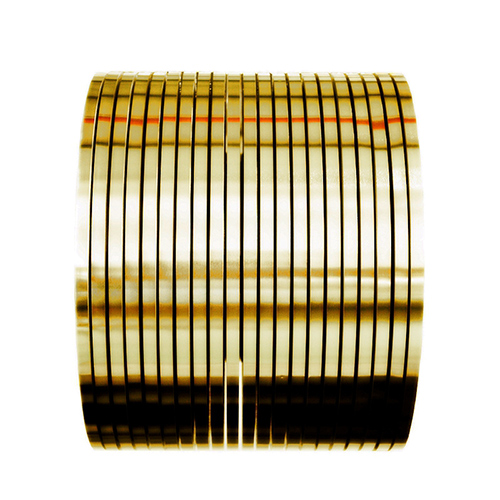
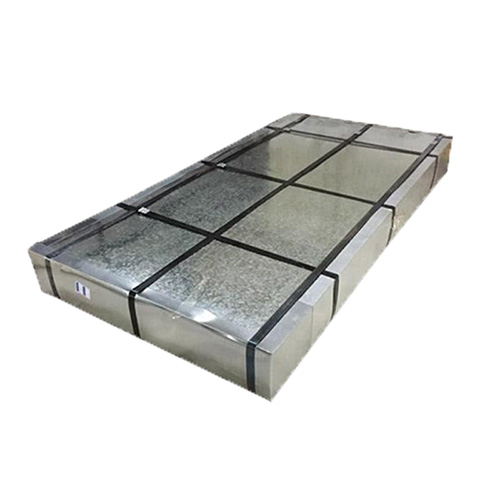
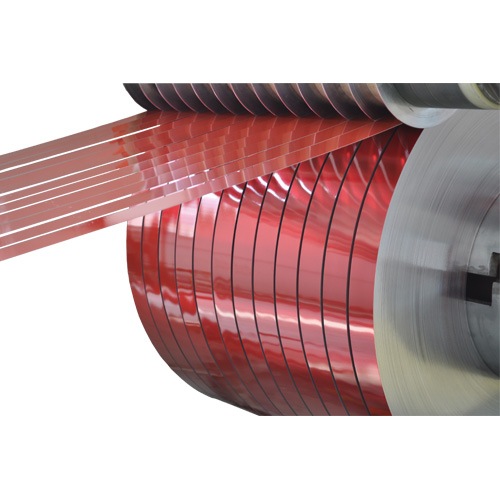
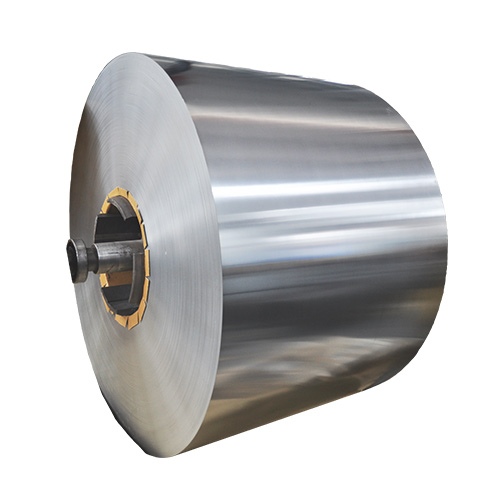
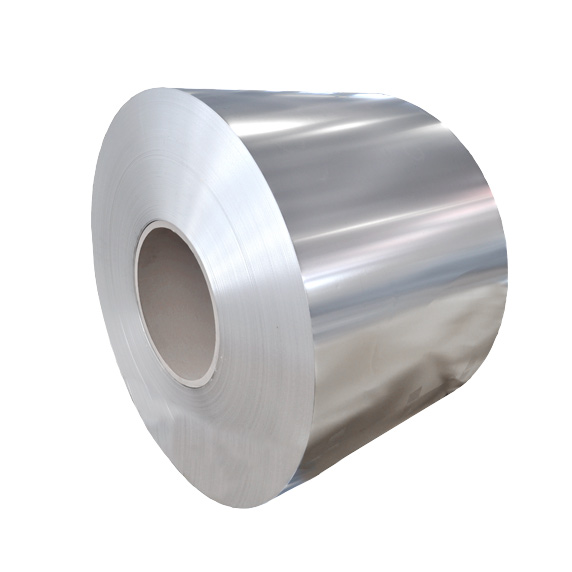
 Scan to add WeChat
Scan to add WeChat